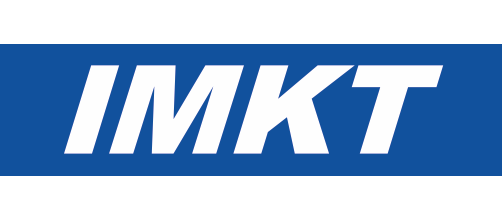Effect of load reduction mechanisms on loads and blade bearing movements of wind turbines
- verfasst von
- Matthias Stammler, Philipp Thomas, Andreas Reuter, Fabian Schwack, Gerhard Poll
- Abstract
The power control of wind turbines is usually realized via a change in the pitch angle of the rotor blades. Pitching facilitates the exact control of the turbines and the reliable deceleration of the rotor when required. Pitch movements can moreover be used for load control. One of these methods is called individual pitch control (IPC). IPC controls the blades individually and brings about a significant reduction in the fatigue loads and extreme loads placed on the structural components, while at the same time reducing the yield of the turbine only slightly. The lower loads reduce material costs, and thus, the cost of energy (CoE) is reduced, despite the slight reduction in yield. The method is nevertheless not used everywhere since the additional movement cycles put the rotor blade bearings in particular under stress. Special attention must be paid to small amplitude oscillating movements, which carry a high risk of inducing surface damage in the rolling contacts of the blade bearings. This paper uses a cycle analysis of the IWT7.5-164 reference turbine to illustrate the differences in the movement patterns of wind turbine blade bearings with and without IPC. Moreover, model calculations with single contacts are used to show which of the movement patterns carries a risk of inducing surface damage. The use of IPC leads to the expected load reduction at the blade root. In current literature, IPC is usually assumed to have a negative influence on the life expectancy of blade bearings, but the findings of this study contradict this. The summed blade bearing movement is increased, although the number of very small pitch angles occurring is reduced. This reduction reduces the risk of wear in the blade bearings.
- Organisationseinheit(en)
-
Institut für Maschinenkonstruktion und Tribologie
- Externe Organisation(en)
-
Fraunhofer-Institut für Windenergiesysteme (IWES)
- Typ
- Artikel
- Journal
- Wind Energy
- Band
- 23
- Seiten
- 274-290
- Anzahl der Seiten
- 17
- ISSN
- 1095-4244
- Publikationsdatum
- 17.01.2020
- Publikationsstatus
- Veröffentlicht
- Peer-reviewed
- Ja
- ASJC Scopus Sachgebiete
- Erneuerbare Energien, Nachhaltigkeit und Umwelt
- Ziele für nachhaltige Entwicklung
- SDG 3 – Gute Gesundheit und Wohlergehen, SDG 7 – Erschwingliche und saubere Energie
- Elektronische Version(en)
-
https://doi.org/10.1002/we.2428 (Zugang:
Offen)


